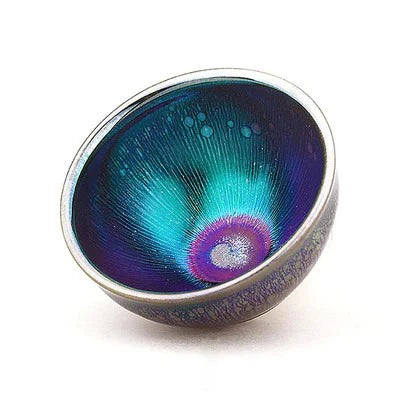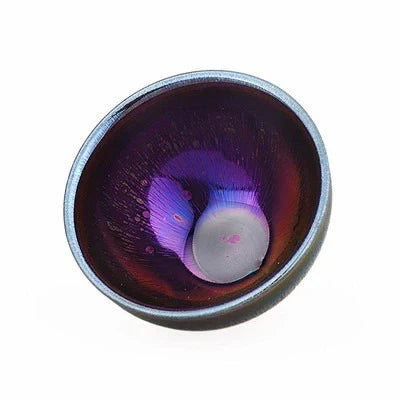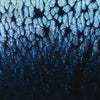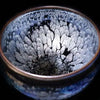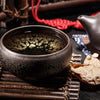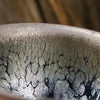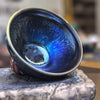ALL ABOUT JIANZHAN: EVERYTHING YOU NEED TO KNOW

Jianzhan, or Tenmoku teacups, are truly captivating—simple in form but rich with intricate detail in their glaze. Each cup’s glaze is a masterpiece of craftsmanship. Though minimalist in shape, they make a striking visual impact with each use.
No wonder they’re so cherished! But how much do you know about the magic behind your Tenmoku teacups? Here are five intriguing facts about these unique pieces:
1. Every Teacup is One-of-a-Kind
Jianzhan teacups are valued not only for their beauty but also for their uniqueness: no two cups are identical. The glaze, made from feldspar, limestone, and iron oxide, produces unpredictable patterns as it cools. Cooling a piece quickly results in a deeper black glaze, while slower cooling creates a variety of colors and effects. The natural variation in the firing process means that each teacup is uniquely yours.
2. Named After Tianmu Mountain
The term “Tenmoku” originates from Tianmu Mountain in eastern China, where iron-glazed bowls were first used for tea. The name 天目 (Mandarin: tiānmù; Japanese: ten moku) translates to "Heaven’s Eye," referencing the mountain’s beautiful views. This style of teacup flourished in China during the Song Dynasty, known as Jian Zhan, while in Japan, it’s called Tenmoku.
3. Highly Prized Collectibles
Among the most sought-after Tenmoku bowls are Yohen Tenmoku tea bowls, treasured by collectors worldwide. Only three Yohen Tenmoku bowls remain today, all located in Japan. In 1918, one of these bowls was valued at 168,000 Japanese Yen (about $1,530 at the time), which, accounting for inflation, would be worth approximately $15.5 million today! While not all Tenmoku cups reach such prices, this legacy shows just how highly prized these pieces are.
4. Available in a Spectrum of Colors
Originally, Tenmoku teacups were crafted in dark hues to best highlight the color of the tea inside. Shades of deep brown and blue are still popular today, but you can now find Jianzhan cups in a variety of colors, including red, green, orange, and yellow, adding even more variety to these timeless designs.
5. A Cultural Bridge Between China and Japan
Jianzhan teacups are a cultural treasure in both China and Japan. In 1406, the Yongle Emperor of China’s Ming Dynasty sent ten Jian ware bowls to the Japanese shōgun Ashikaga Yoshimitsu. The Japanese revered these bowls, elevating them to highly prized collectibles. With their stunning glaze and enchanting appeal, it’s easy to see why these teacups continue to captivate tea enthusiasts and collectors alike.
Whether for tea enjoyment or as a collector’s piece, Jianzhan teacups are a blend of beauty, tradition, and artistry, appreciated by all who encounter them.

